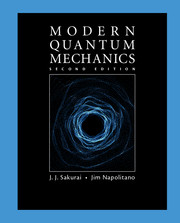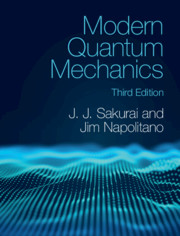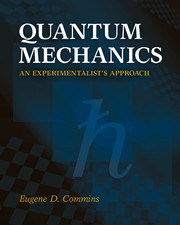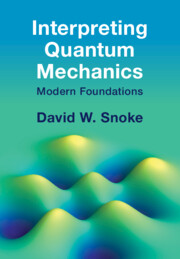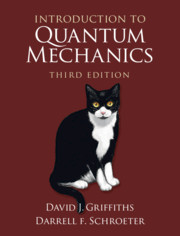Modern Quantum Mechanics
Modern Quantum Mechanics is a classic graduate level textbook, covering the main quantum mechanics concepts in a clear, organized and engaging manner. The author, Jun John Sakurai, was a renowned theorist in particle theory. The second edition, revised by Jim Napolitano, introduces topics that extend the text's usefulness into the twenty-first century, such as advanced mathematical techniques associated with quantum mechanical calculations, while at the same time retaining classic developments such as neutron interferometer experiments, Feynman path integrals, correlation measurements, and Bell's inequality. A solution manual for instructors using this textbook can be downloaded from www.cambridge.org/9781108422413.
- Includes explicit solutions to the Schrödinger Wave Equation, including the linear potential, the simple harmonic oscillator using generating functions, and the derivation of spherical harmonics
- Discusses SO(4) symmetry and its applications to solving the hydrogen atom and approximation techniques based on extreme time dependences in the early chapters
- Contains experimental demonstration of quantum mechanical phenomena, including the Stern–Gerlach experiment on cesium atoms, muon spin rotation and g-2, neutrino oscillations, 'bouncing' ultracold neutrons, Berry's phase with neutrons, elastic scattering of protons from nuclei, the effects of exchange symmetry in nuclear decay, and the Casimir effect, among others
- Covers advanced mathematical techniques (for example, generating functions and contour integrals) associated with quantum mechanical calculations
Product details
No date availableHardback
9781108422413
568 pages
240 × 195 × 28 mm
1.32kg
Table of Contents
- 1. Fundamental concepts
- 2. Quantum dynamics
- 3. Theory of angular momentum
- 4. Symmetry in quantum mechanics
- 5. Approximation methods
- 6. Scattering theory
- 7. Identical particles
- 8. Relativistic quantum mechanics
- Appendix A. Electromagnetic units
- Appendix B. Brief summary of elementary solutions to Schrödinger's Wave Equation
- Appendix C. Proof of the angular-momentum addition rule given by equation (3.8.38).

